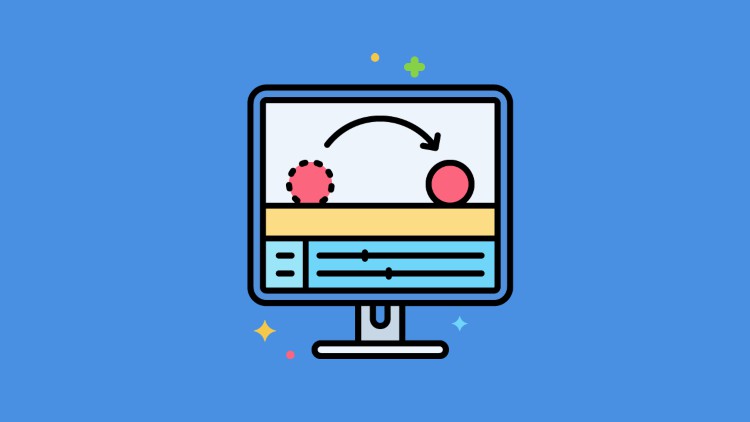
Build Web Applications with databases (SQLite & PostgreSQL) and deploy to the cloud
What you will learn
Build Web Applications with Django
Build Web Applications with Flask
Create virtual environments with Python
Create remote repository on Github
Use Git to push your code to remote repository
Deploy your web apps to the cloud
Description
What is Python?
Python is a popular programming language.
It is used for:
- web development (server-side),
- software development,
- mathematics,
- system scripting.
What can Python do?
- Python can be used on a server to create web applications.
- Python can be used alongside software to create workflows.
- Python can connect to database systems. It can also read and modify files.
- Python can be used to handle big data and perform complex mathematics.
- Python can be used for rapid prototyping, or for production-ready software development.
Why Python?
- Python works on different platforms (Windows, Mac, Linux, Raspberry Pi, etc).
- Python has a simple syntax similar to the English language.
- Python has syntax that allows developers to write programs with fewer lines than some other programming languages.
- Python runs on an interpreter system, meaning that code can be executed as soon as it is written. This means that prototyping can be very quick.
- Python can be treated in a procedural way, an object-oriented way or a functional way.
Django is a high-level Python web framework that encourages rapid development and clean, pragmatic design. Built by experienced developers, it takes care of much of the hassle of web development, so you can focus on writing your app without needing to reinvent the wheel. It’s free and open source.
Ridiculously fast: Django was designed to help developers take applications from concept to completion as quickly as possible.
Reassuringly secure: Django takes security seriously and helps developers avoid many common security mistakes.
Exceedingly scalable: Some of the busiest sites on the web leverage Django’s ability to quickly and flexibly scale.
Flask is a micro web framework written in Python. It is classified as a microframework because it does not require particular tools or libraries. It has no database abstraction layer, form validation, or any other components where pre-existing third-party libraries provide common functions. However, Flask supports extensions that can add application features as if they were implemented in Flask itself. Extensions exist for object-relational mappers, form validation, upload handling, various open authentication technologies and several common framework related tools.
Heroku is a platform as a service (PaaS) that enables developers to build, run, and operate applications entirely in the cloud.
Git is a free and open source distributed version control system designed to handle everything from small to very large projects with speed and efficiency.
GitHub is a Git repository hosting service, but it adds many of its own features